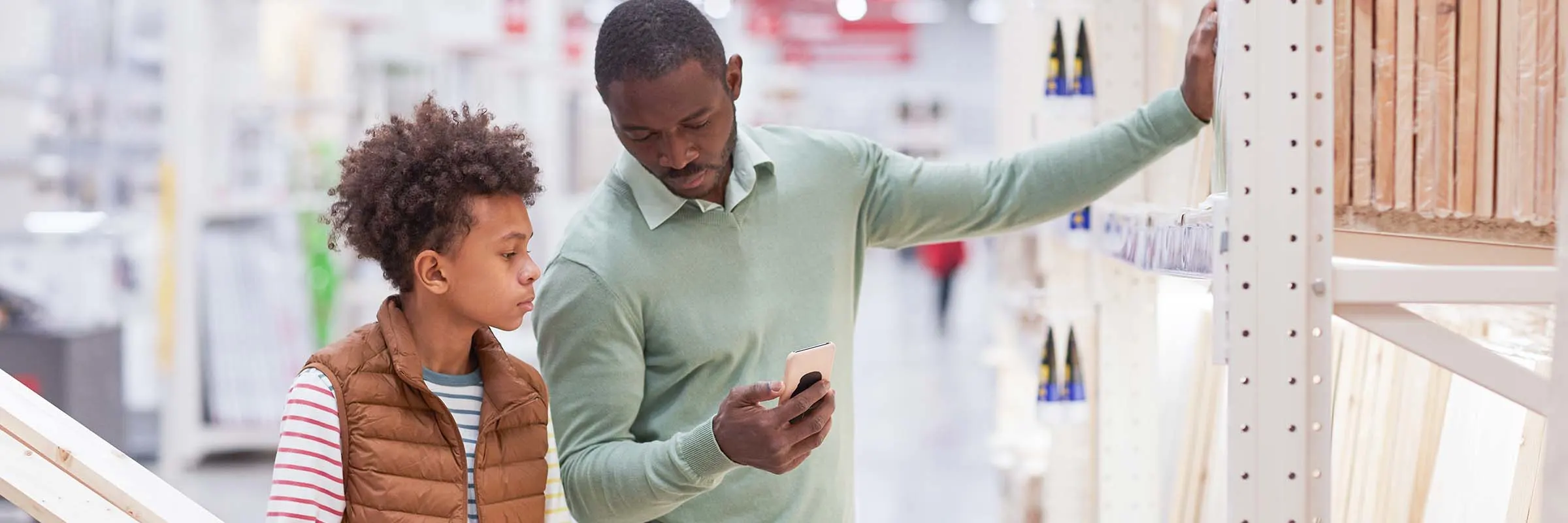Buying a home as a couple means agreeing on some things, but not everything. For example, you both might be in favor of buying a fixer-upper and making repairs to save money. But you may differ on which fixes to tackle first or which ones to outsource to a pro.
Home repairs can sometimes be a headache, but they shouldn't be a relationship breaker. So how do you handle repairs together and still maintain your happy home?
Read more: Start organizing your savings for future home projects.
DIY home repair projects for couples
Some home repairs require a professional touch to complete. For instance, you may need to hire a pro to handle installing a new roof or HVAC system, rewiring the electrical system, replacing door/windows or adding on a room.
But couples can do plenty of home repairs together. Here are just a few examples:
Renovating a bathroom
Replacing or refinishing flooring
Painting the interior or exterior of the home
Replacing lighting fixtures
Upgrading old appliances
Adding new tilework
Deciding what you can work on together could depend on two factors: your DIY skills and how much time you have to devote to home repairs.
Consider your time
Painting walls or a small-scale bathroom update are repairs you can complete in a weekend if you're able to block off the time together. A major kitchen overhaul, on the other hand, could take weeks or months to complete.
Think about how much time you can devote to the project and how long you're both comfortable living in the middle of a construction zone. Remember: Depending on the project, you might need to make a certain area of your home inaccessible until the job is complete.
What's your skillset?
Next, think about your joint skill sets. You might also consider repairs that you can work on together but with separate tasks.
If you're set on updating your home's porch, for example, you could DIY some garden boxes while your spouse updates the fixtures.
Splitting up tasks this way can help you knock out repairs faster. And it can give you a break from one another if working on repairs together is leading to frayed nerves.
Prioritize repairs
If you're buying a home that needs some TLC, collectively determining what needs to be handled first can ward off arguments.
Grouping home repairs into one of the two following categories can make it easier to prioritize.
Functional fixes: Things that need to be done to make the home livable. Such as replacing the roof or HVAC, fixing leaks or updating electrical.
Aesthetic repairs/renovations: Upgrades that can improve the look and feel of the home but aren't necessarily urgent. You might include painting or updating the landscaping in this category.
Once you have your two lists, go through them together to see which items on each list are “must-do's" versus “wants." Then you can go through the wants list together to figure out which repairs are most important to each of you.
The goal here is not necessarily perfect agreement. It's quite possible you will have improvements you want to make right away that your significant other would prefer to wait on. If that's the case, work together to find a compromise for which fixes to make now and which ones to handle later.
Set your repair budget
Between the down payment and closing costs, in addition to other expenses, we know that the cost of homeownership can start to add up. Once you've assessed your finances to figure out how much house you can afford, then it's time to think about how of much of your budget you can dedicate to home repairs.
According to Houzz, the median spend on home renovations in 2022 was $22,000, but how much you'll pay can depend on:
The type of repair
Whether you DIY vs. hiring a pro
Your location
You'll want to decide how you plan to finance your home repairs. For example, you could draw on cash savings to pay for DIY repairs — using Ally Bank's savings buckets can help you earmark the money and keep you motivated to keep saving.
The right mortgage makes a difference
Planning home repairs as a couple can require a little give-and-take. It starts with having the right home loan. A mortgage with a competitive interest rate can mean a lower monthly payment — leaving more wiggle room in your monthly budget for repairs and a less stressed relationship with your partner.



